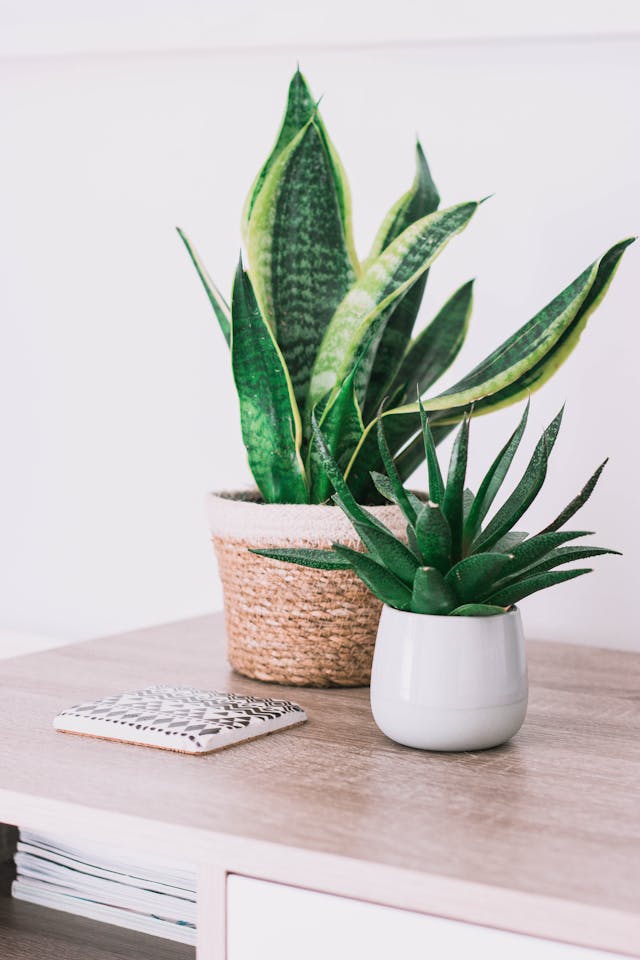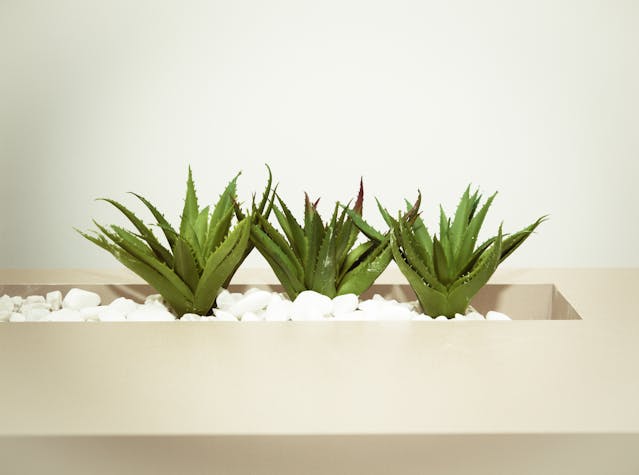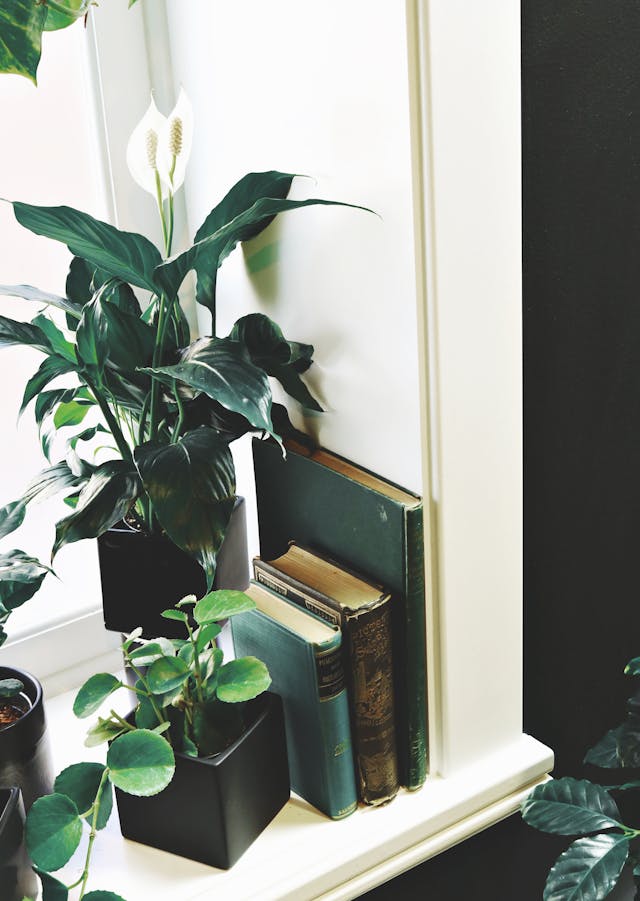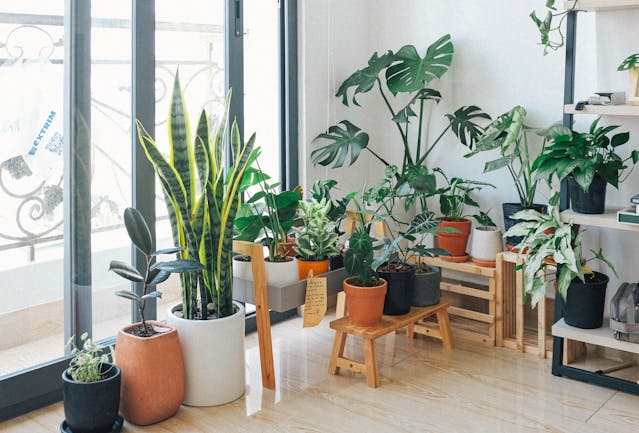Introduction
Welcome to the wonderful world of house plants! Not only do these green beauties add a touch of nature to your home, but they also work tirelessly to purify the air you breathe. Imagine having a natural air filter that not only looks good but also makes you feel better. Intrigued? Let’s dive into the fascinating realm of air-purifying house plants and discover how they can transform your living space into a healthier, happier haven.
The Science Behind Air-Purifying Plants
In the late 1980s, NASA conducted a study to find out which plants were best at filtering harmful toxins from the air. The results were groundbreaking. They discovered that certain house plants could remove toxins like formaldehyde, benzene, and trichloroethylene from the air, making it cleaner and healthier to breathe. This research sparked a green revolution, and people around the world began to embrace the idea of using plants as natural air purifiers.
Top Air-Purifying Plants
1. Peace Lily (Spathiphyllum)
The Peace Lily is a superstar when it comes to purifying the air. It’s known for its ability to remove toxins like benzene, formaldehyde, and trichloroethylene. Plus, it’s a beautiful plant with glossy green leaves and elegant white flowers.
Care Tips:
- Light: Prefers indirect light.
- Water: Keep the soil moist but not soggy.
- Environment: Thrives in humid conditions, making it perfect for bathrooms.

2. Snake Plant (Sansevieria trifasciata)
Also known as Mother-in-Law’s Tongue, the Snake Plant is incredibly resilient and easy to care for. It’s excellent at removing toxins like formaldehyde and benzene.
Care Tips:
- Light: Can tolerate low light but prefers indirect sunlight.
- Water: Allow the soil to dry out between waterings.
- Environment: Adaptable to various conditions, making it ideal for any room.
3. Spider Plant (Chlorophytum comosum)
The Spider Plant is a popular choice for its air-purifying abilities and ease of care. It’s particularly effective at removing formaldehyde and xylene.
Care Tips:
- Light: Prefers bright, indirect light.
- Water: Keep the soil evenly moist.
- Environment: Thrives in a variety of conditions, making it a versatile addition to your home.

4. Aloe Vera (Aloe barbadensis miller)
Aloe Vera is not only great for your skin but also for your air. It helps remove formaldehyde and benzene, which are common in household cleaners.
Care Tips:
- Light: Needs bright, indirect light.
- Water: Water deeply but infrequently, allowing the soil to dry out between waterings.
- Environment: Prefers a warm, dry environment.
5. Boston Fern (Nephrolepis exaltata)
Boston Ferns are excellent at removing pollutants like formaldehyde and xylene. They also add a lush, tropical feel to your home.
Care Tips:
- Light: Prefers indirect light.
- Water: Keep the soil consistently moist.
- Environment: Thrives in high humidity, making it perfect for bathrooms or kitchens.

How to Care for Your Air-Purifying Plants
Caring for house plants can be a rewarding experience. Here are some general tips to keep your green friends happy and healthy:
- Light: Most air-purifying plants prefer indirect light. Place them near windows where they can get plenty of natural light without being exposed to direct sunlight.
- Water: Overwatering is a common mistake. Make sure the soil is well-draining and allow it to dry out between waterings. Each plant has different water needs, so it’s important to research specific care instructions.
- Humidity: Many air-purifying plants thrive in humid environments. You can increase humidity by misting the plants regularly or placing a humidifier nearby.
- Temperature: Keep your plants in a stable environment with temperatures between 60-75°F (15-24°C). Avoid placing them near drafts or heating vents.
- Soil: Use a high-quality potting mix that provides good drainage. Some plants may require specific types of soil, so be sure to check their individual needs.
The Pioneers of Air-Purifying Plants
The concept of using plants to purify the air gained significant attention thanks to NASA’s Clean Air Study in the late 1980s. Dr. Bill Wolverton, a scientist involved in the study, played a crucial role in identifying the best plants for the job. His research demonstrated that plants could effectively remove harmful toxins from the air, leading to a surge in popularity for air-purifying house plants.

Creating the Perfect Environment
To maximize the benefits of your air-purifying plants, it’s important to create the right environment for them. Here are some tips:
- Grouping Plants: Grouping plants together can create a microenvironment with higher humidity, which many air-purifying plants love.
- Placement: Place plants in areas where you spend the most time, such as the living room, bedroom, or office. This ensures you get the maximum air-purifying benefits.
- Decor: Use decorative pots and planters to enhance the aesthetic appeal of your plants. This not only makes your home look beautiful but also encourages you to take better care of your green friends.
Common Mistakes in House Plant Care
Even the most well-intentioned plant parents can make mistakes. Here are some common pitfalls to avoid:
- Overwatering: This is one of the most common mistakes. Too much water can lead to root rot. Always check the soil moisture before watering.
- Underwatering: On the flip side, neglecting to water your plants can cause them to wilt and die. Establish a regular watering schedule based on your plant’s needs.
- Incorrect Lighting: Not all plants need the same amount of light. Make sure you know whether your plant prefers bright, indirect light or low light conditions.
- Ignoring Humidity Needs: Many air-purifying plants thrive in humid environments. If your home is dry, consider using a humidifier or misting your plants regularly.
- Using the Wrong Soil: Different plants have different soil requirements. Make sure you’re using the right type of soil for your specific plant.
- Neglecting to Fertilize: Plants need nutrients to thrive. Use a balanced fertilizer according to the plant’s needs, but be careful not to over-fertilize.

Conclusion
Incorporating air-purifying plants into your home is a simple and effective way to improve indoor air quality and boost your well-being. These green guardians not only filter out harmful toxins but also add a touch of nature to your living space. So why not bring a little bit of the outdoors inside and enjoy the many benefits that these amazing plants have to offer?
Remember, taking care of plants is a journey, not a destination. Enjoy the process, and your plants will reward you with cleaner air and a happier home.
